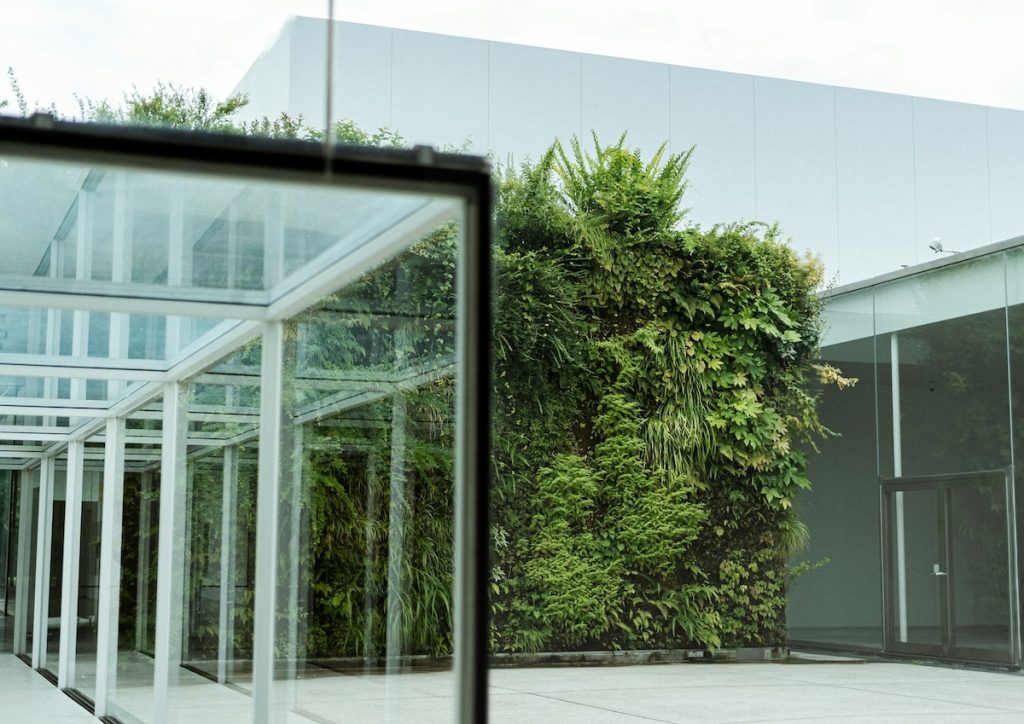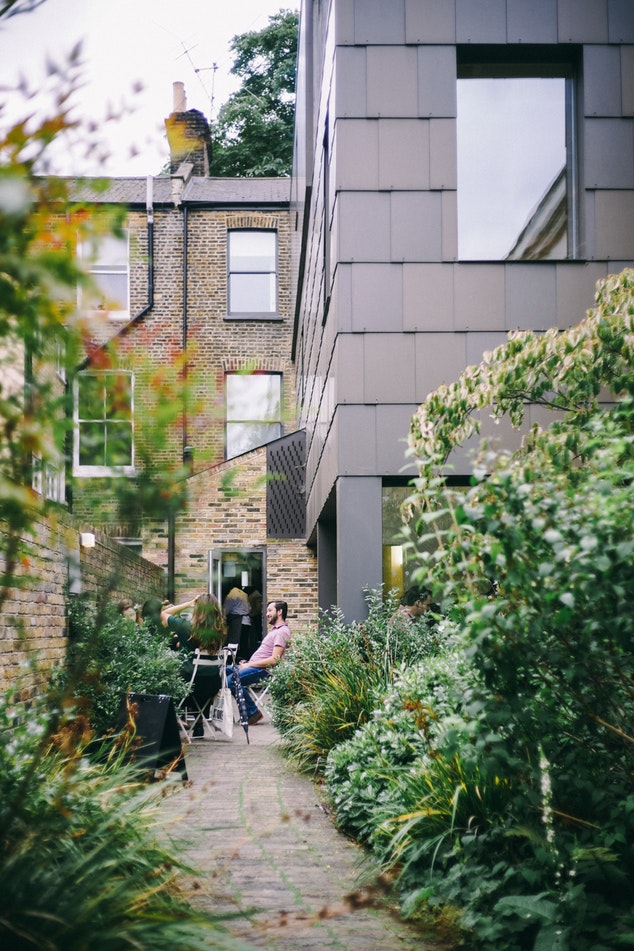The compact nature of prefab homes might make both residents and designers feel as though the same has to be true of the outdoor spaces. While the exteriors might not be as expansive as seen with other types of home due to the space that often needs to be contributed towards other homes, there is a lot of potential to work with.
From the perspective of the resident, the freedom to enjoy an outside space is massively beneficial to mental health, but from the point of view of the designer, it only adds to the marketability of these homes.
Fake Grass/Real Plants
In many cases, it might be that the designer opts to make a garden with fake grass due to the ease of implementing it into a wider variety of environments. To some residents, this might not be a problem, but others might feel more at odds with the desire they have to spend time outside and boost their mental health.
Fake grass and similarly artificial environments might make more sense from a design standpoint, but if you’re a resident, integrating house plants into this area might help it to feel much more vibrant and natural. On top of that, this could give you access to a way to get into gardening – an activity that many relish about having a garden, and one that could come with further therapeutic advantages.
A Consistent Foundation
From the perspective of the designers, too much variety in the landscape around these areas might lead to difficulties. Hilly or uneven surfaces could make it more difficult to build on, making more homes or even outside recreational spaces unworkable. For that reason, effort might be put into creating a more even and consistent landscape. One approach that construction crews might have here could be to utilize a track-mounted impact crusher, allowing you to crush larger raw materials down into rubble that can be used to build up such a surface, which you can then construct gardens on top of.
Privacy
If the environment is one where multiple prefab homes share the same space, these outdoor areas might struggle with privacy. This could be something that the designers embrace through creating shared garden areas, but that might only work up to a certain point – people might not feel as though they’re able to relax in a space shared by too many people, for instance. So, even in shared spaces, it becomes valuable to be able to find nooks or private corners where one can relax.
This is something that might be a consideration for both designers and residents. For the former, allowing certain areas of a communal garden to feel as though they belong more naturally to the homes closest to them can create different areas of the whole. For residents, house plants and other types of garden furniture could become useful ways of creating individual zones that help them feel comfortable – though they would have to keep in mind the opinions of those sharing the garden before making anything too obstructive.



